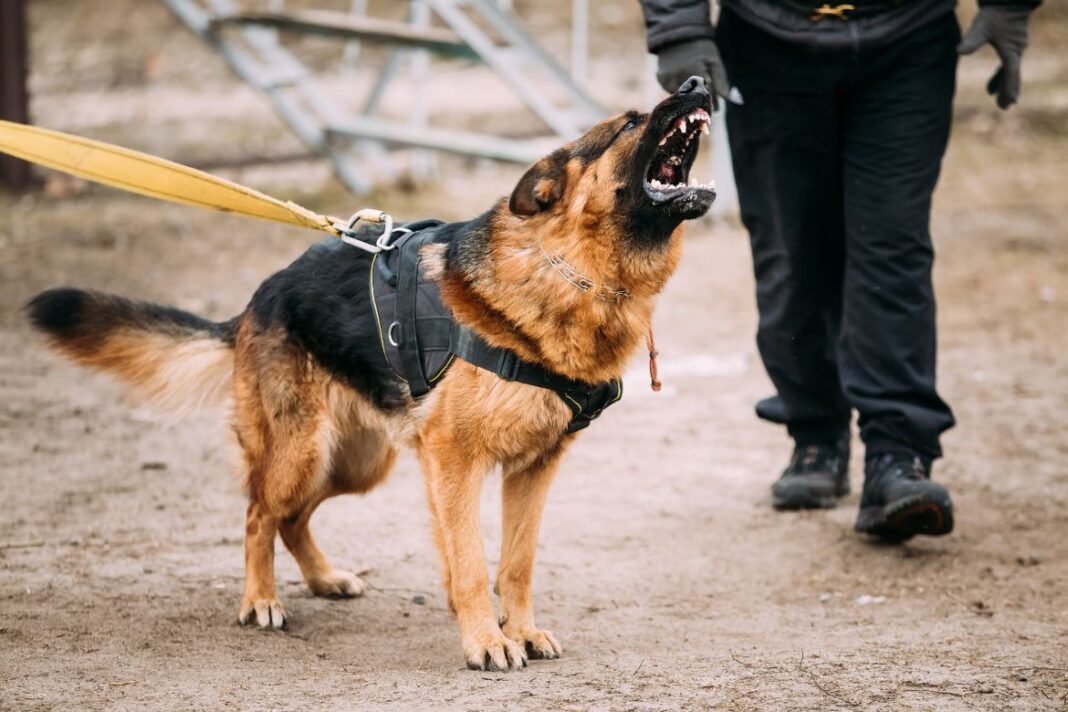Dog training is a rewarding but often challenging endeavor that requires patience, consistency, and a good understanding of canine behavior. While many dog owners strive to train their furry friends successfully, certain common mistakes can hinder the training process. In this article, we’ll highlight these pitfalls and offer insights on how to avoid them, ensuring a positive and effective training experience for both you and your dog.
1. Inconsistency in Commands and Rules:
- One prevalent mistake is inconsistency in the commands and rules you establish for your dog.
- Dogs thrive on routine and clear expectations, so varying commands or rules can lead to confusion.
Avoidance Tip:
- Establish consistent commands and rules that everyone in the household follows.
- Use the same cues for behaviors, and ensure everyone is on the same page regarding expectations.
2. Skipping Basic Obedience Training:
- Some dog owners may overlook or skip basic obedience training, assuming their dog will naturally grasp essential commands.
- Neglecting foundational training can lead to behavioral issues and difficulties in managing your dog.
Avoidance Tip:
- Prioritize basic obedience training, including commands like sit, stay, and come.
- Building a solid foundation sets the stage for more advanced training and a well-behaved dog.
3. Overlooking Socialization Opportunities:
- Failure to expose your dog to various people, environments, and situations during the critical socialization period can result in fear or anxiety.
- Lack of socialization may lead to behavioral problems, including aggression or excessive shyness.
Avoidance Tip:
- Actively seek out socialization opportunities for your dog, especially during the puppy stage.
- Expose them to different people, animals, sounds, and environments to foster confidence and adaptability.
4. Using Punishment as the Primary Training Method:
- Relying on punishment as the primary training method can create fear and stress in your dog.
- Negative reinforcement may lead to a breakdown in trust and hinder the learning process.
Avoidance Tip:
- Focus on positive reinforcement techniques, such as treats, praise, and play.
- Rewarding desired behaviors strengthens the bond between you and your dog and encourages them to repeat the behavior.
5. Neglecting Regular Exercise:
- Insufficient physical and mental exercise can contribute to behavioral problems, including hyperactivity and destructive behavior.
- Dogs need an outlet for their energy, and lack of exercise can result in frustration.
Avoidance Tip:
- Ensure your dog gets regular exercise through walks, playtime, and mental stimulation.
- A tired dog is more likely to be attentive during training sessions and less prone to unwanted behaviors.
The Role of Technology: Best iOS Dog Training App
Incorporate technology into your training routine with the best iOS dog training app to access valuable resources, training guides, and expert advice. These apps often provide insights into avoiding common training mistakes and offer tailored solutions for your specific needs.
In conclusion, successful dog training requires a thoughtful approach and an understanding of your dog’s needs and behaviors. By avoiding these common mistakes and incorporating positive training methods, you’ll create a positive and effective training experience for your canine companion. Explore the best iOS dog training app to complement your efforts and gain additional support on your training journey.










